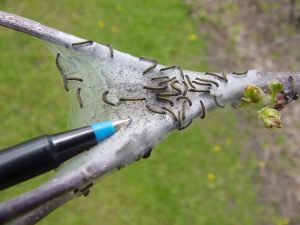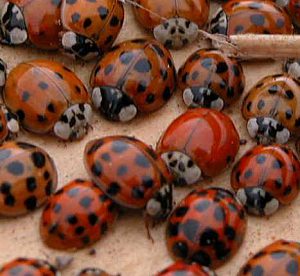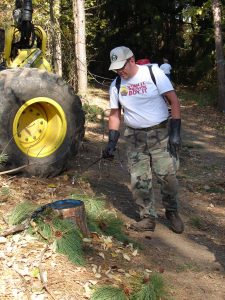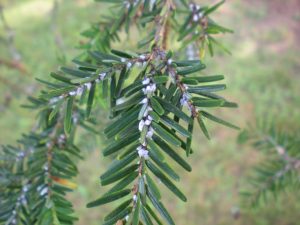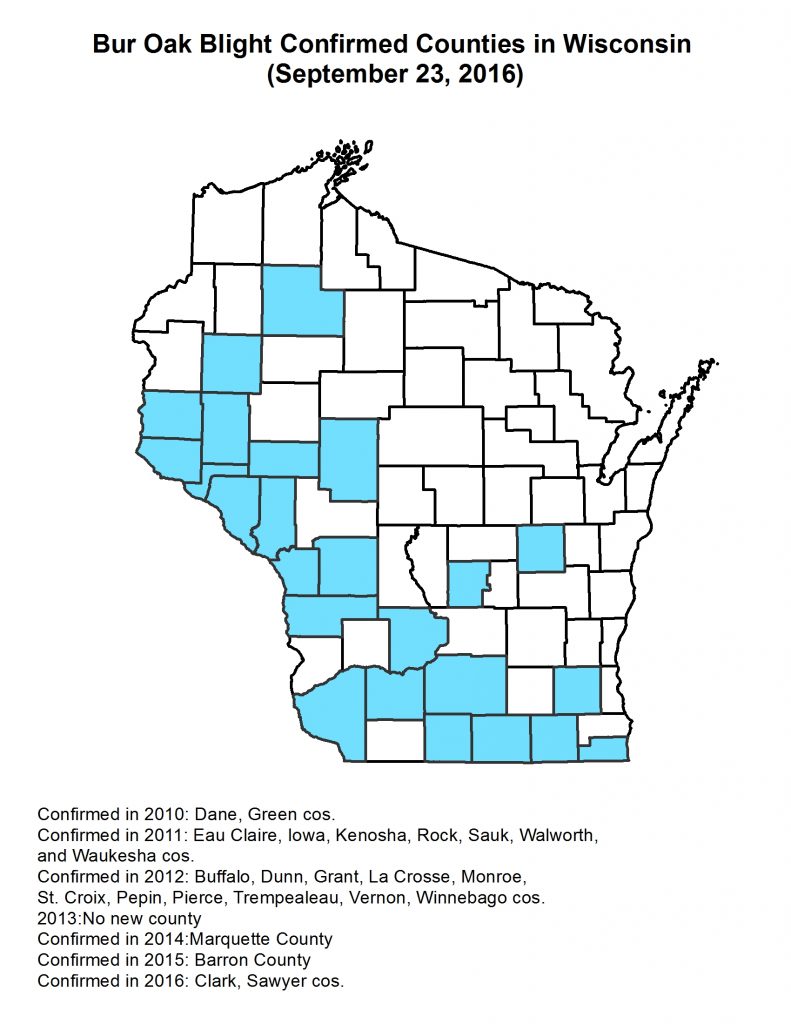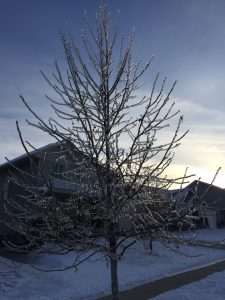The invasive brown marmorated stink bug (BMSB) is establishing in Wisconsin. BMSB is an agriculture, garden and home pest. Action to control populations may be needed in coming years.
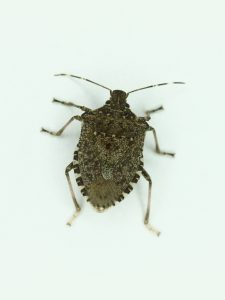
An adult brown marmorated stink bug. Photo by P.J. Liesch, University of Wisconsin-Madison Insect Diagnostic Lab.
BMSB is native to eastern Asia and was first officially found in the U.S. in 2001. The discovery of BMSB juveniles and the first noted pairs of mating adults in 2016 are continued signs that this invasive pest is establishing and reproducing in Wisconsin. We also had the first reports of BMSB feeding on plants, not just overwintering in structures. We expect populations will continue to increase in coming years.
A map of counties where BMSB has been confirmed or is suspected as of October 2016 was created by P.J. Liesch, University of Wisconsin-Madison Insect Diagnostic Lab and Bill McNee, Wisconsin DNR.
For information about how to identify BMSB and how to manage nuisance populations check out these publications.
Written by: Mike Hillstrom, forest health specialist, Wisconsin Dells (Michael.Hillstrom@Wisconsin.gov), 715-459-1371.

